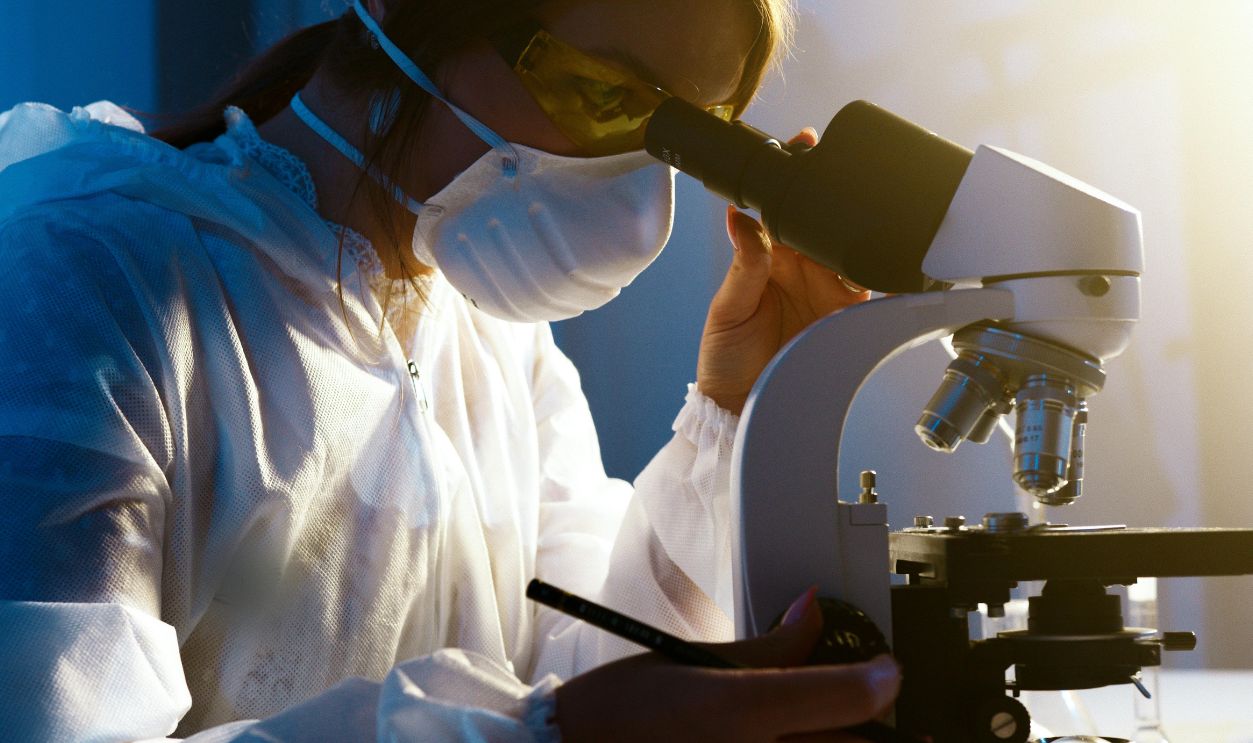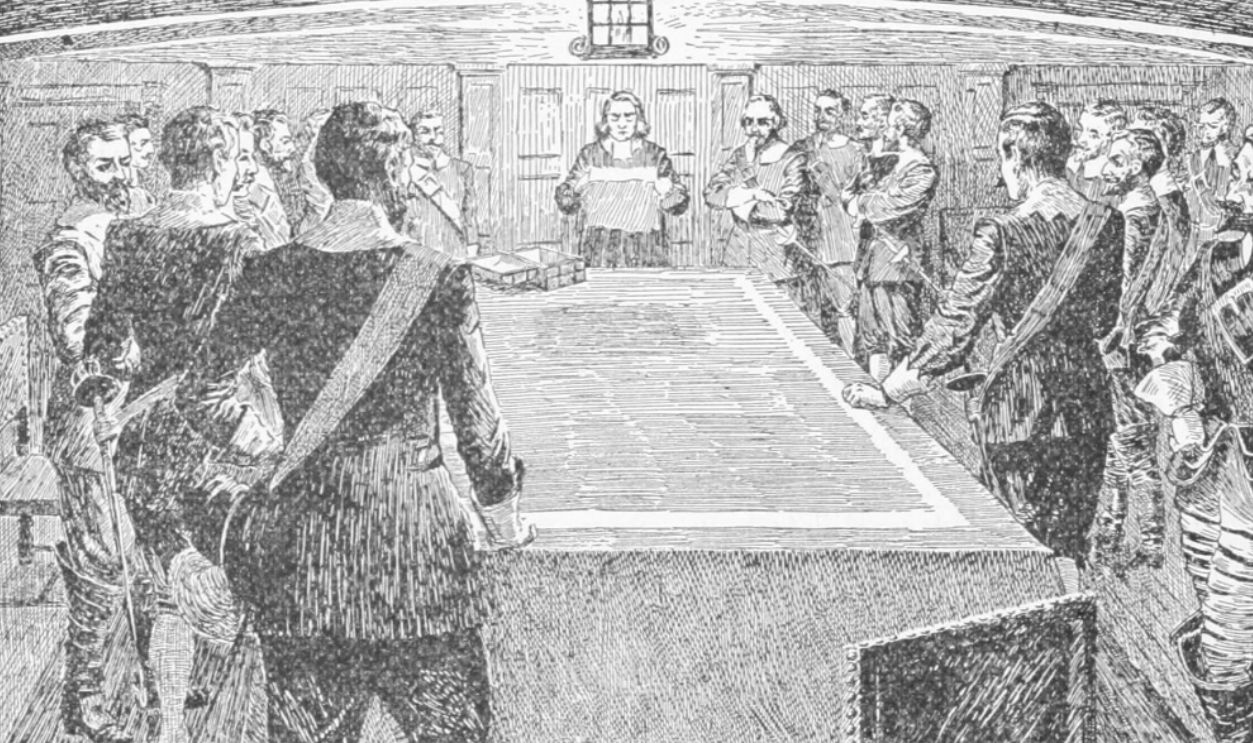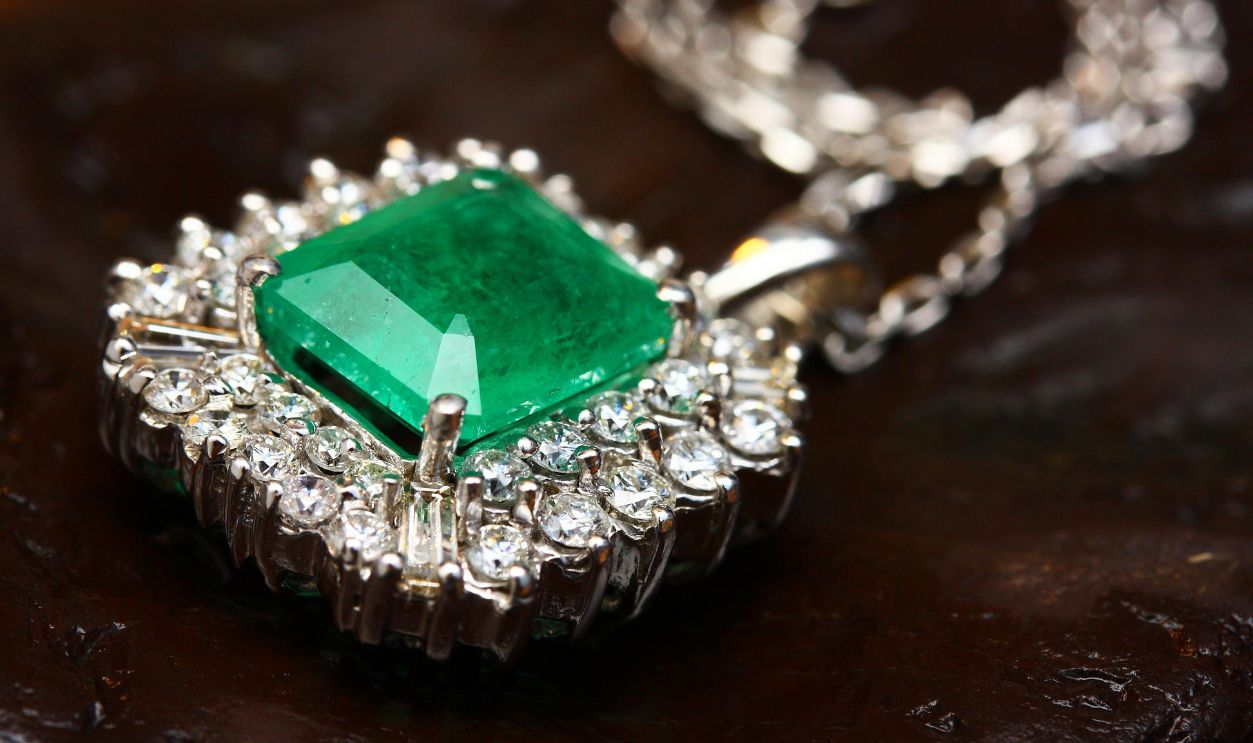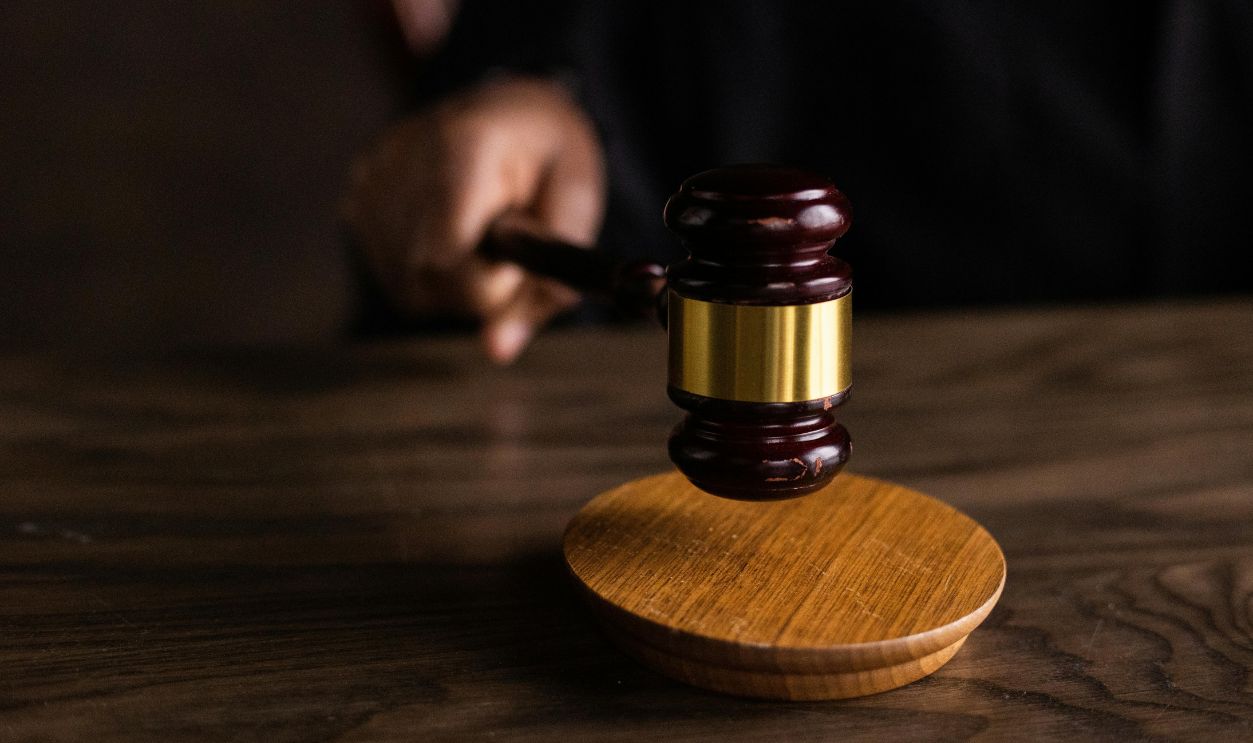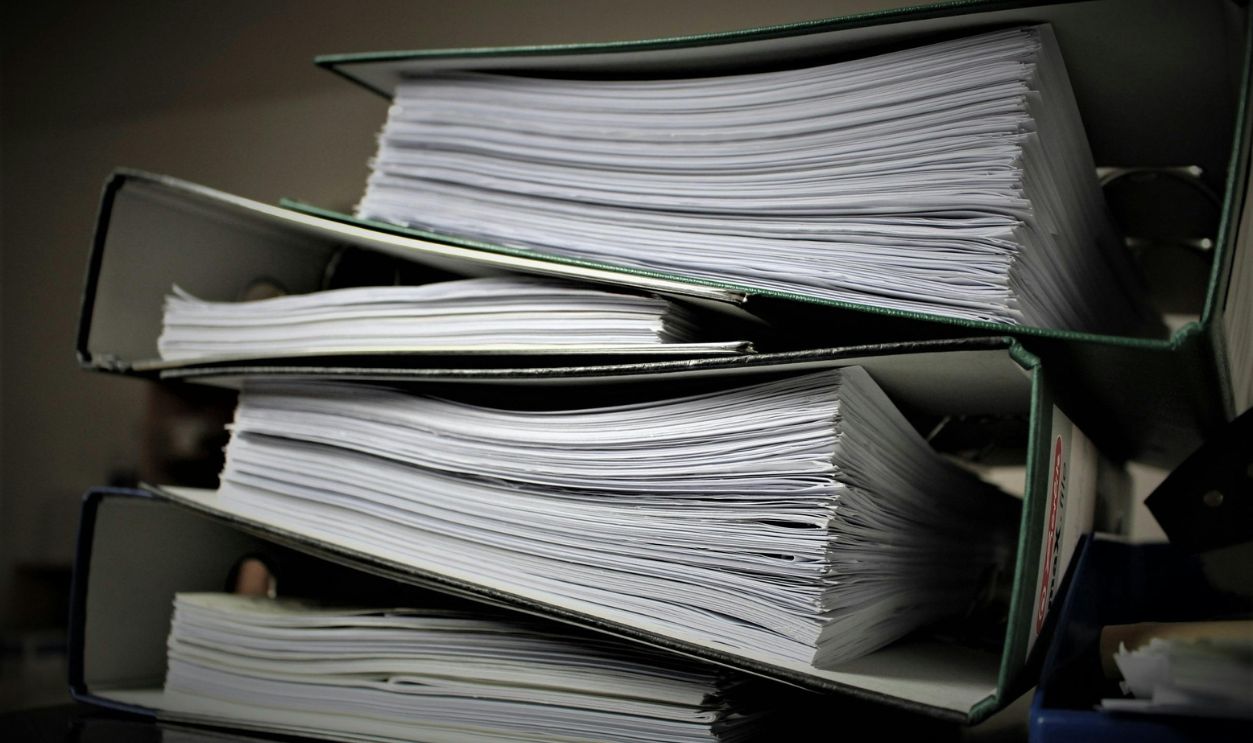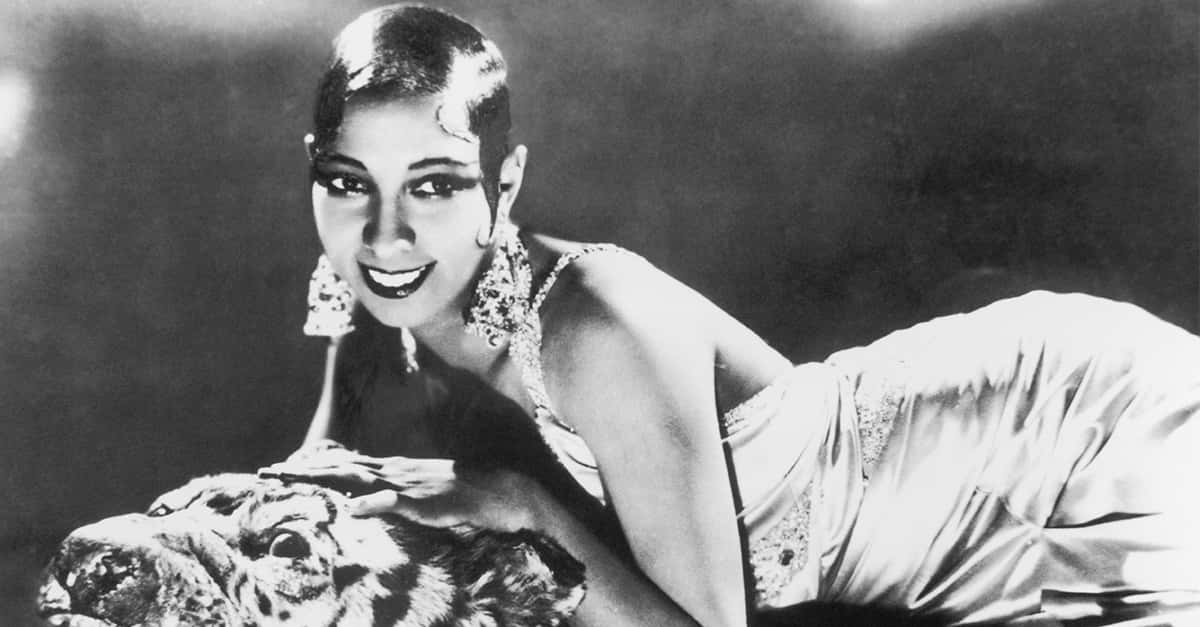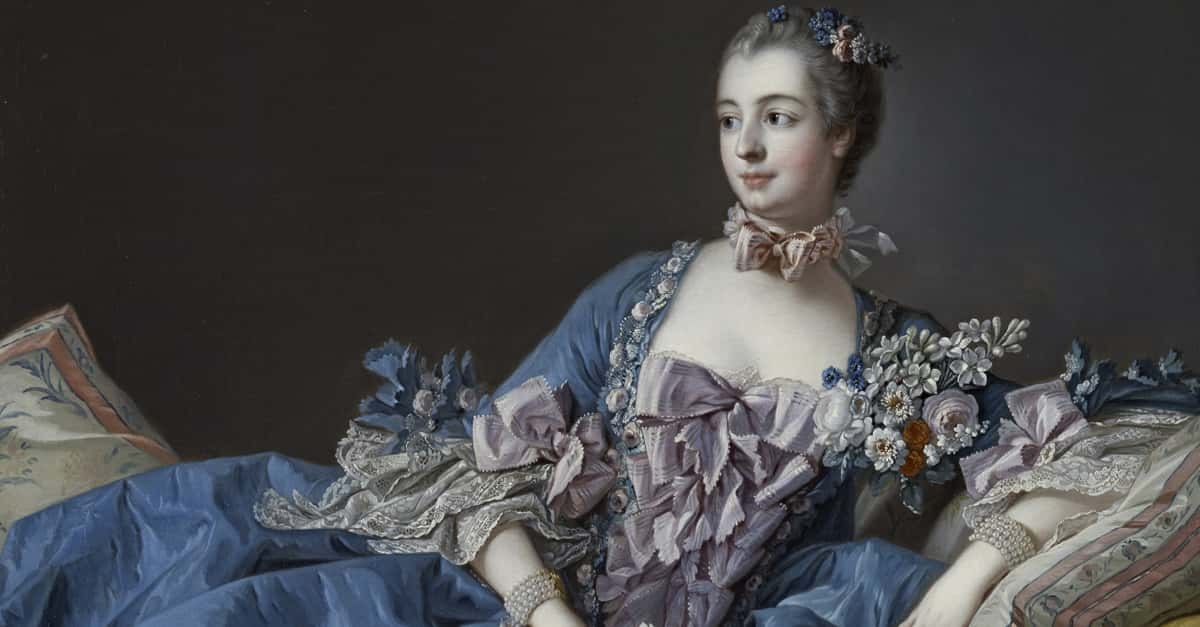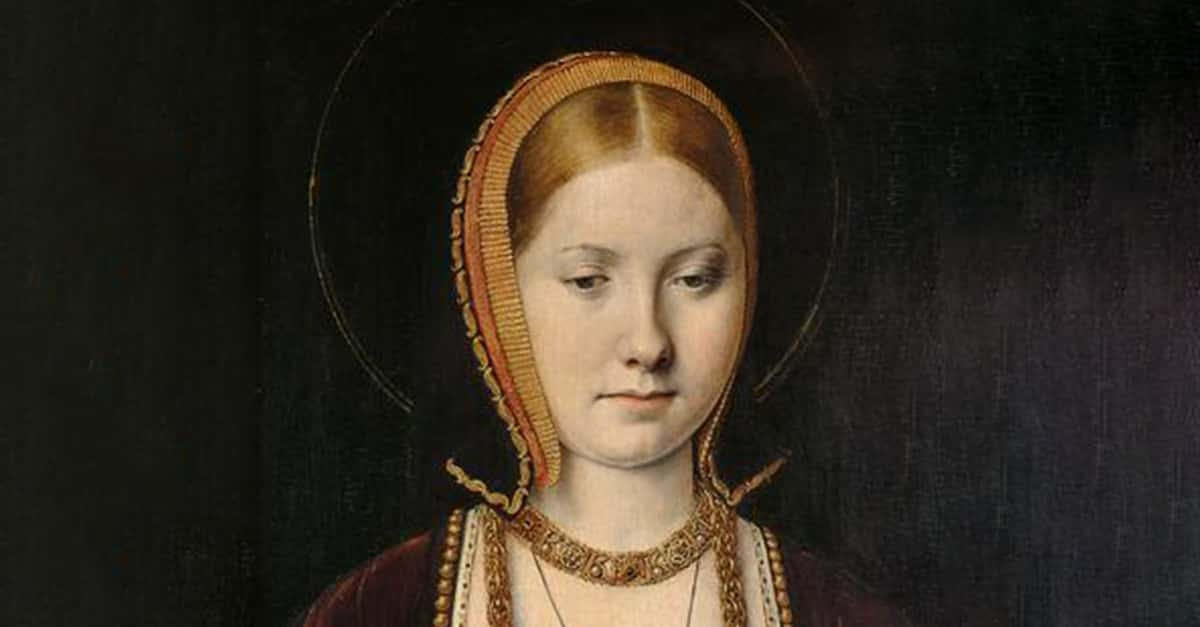Ancient Bones Tell Tales
When old secrets meet new science, the past comes alive in unexpected ways. In 2024, an intriguing discovery sparked a scientific revolution in colonial Jamestown's holy ground. Let’s read deeper.

The Church Discovery
Deep in historic Jamestown, archaeologists made an exciting find within the walls of a 1608 church. While excavating the chancel area, they uncovered four perfectly aligned graves. The matching coffin designs and prestigious burial location hinted at untold stories of colonial America's elite.
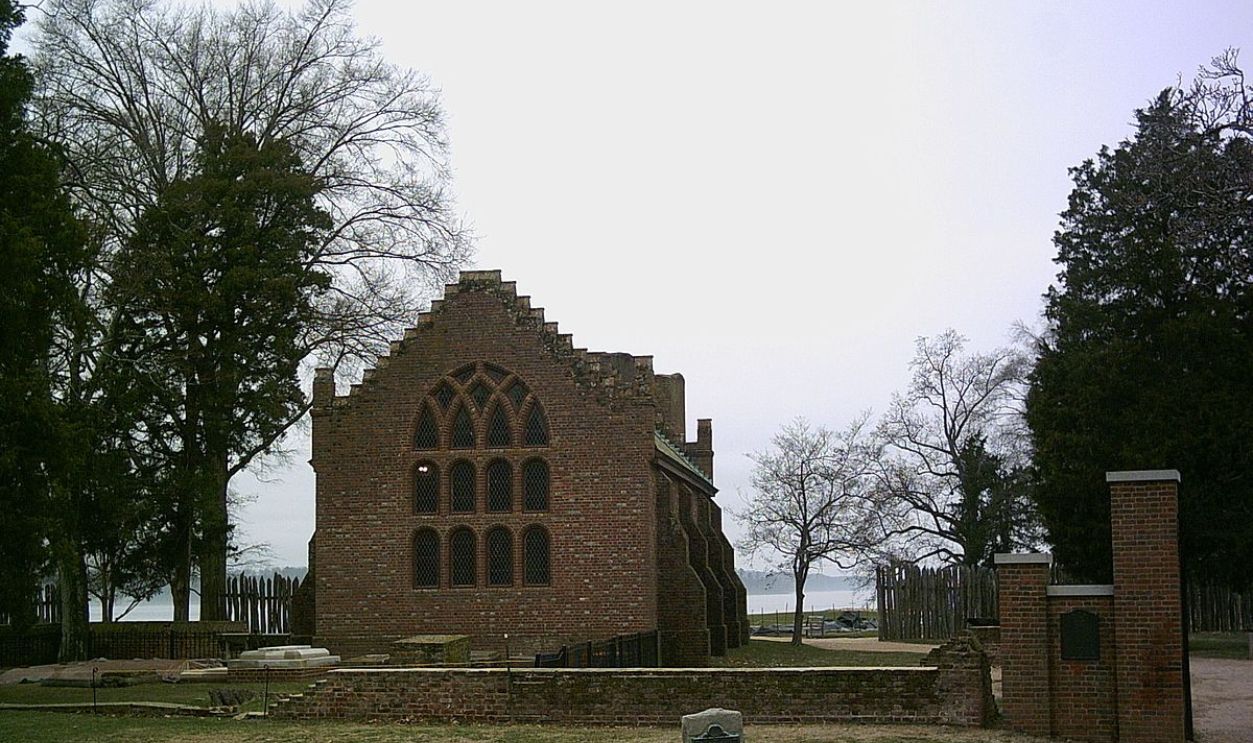 Mother of Ser Amantio di Nicolao, CC BY-SA 3.0, Wikimedia Commons
Mother of Ser Amantio di Nicolao, CC BY-SA 3.0, Wikimedia Commons
Colonial Beginnings
Jamestown, established on May 14, 1607, by the Virginia Company settlers, became the first permanent English settlement in North America. King James I was honored with the settlement's name. The site, located 60 miles from the mouth of the Chesapeake Bay, was chosen for its defensibility.
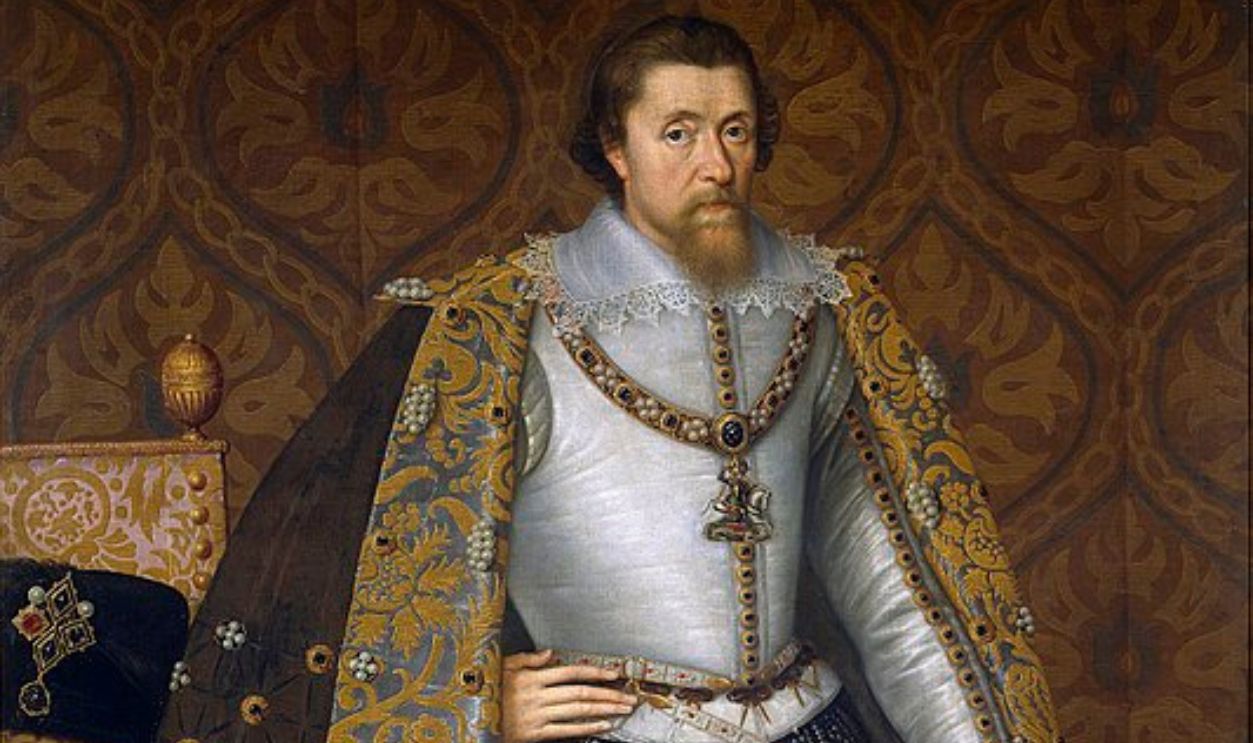 John de Critz, Wikimedia Commons
John de Critz, Wikimedia Commons
Historic Church Hub
This church was the site of some notable events in the colony's early history, including Pocahontas's marriage to John Rolfe in 1614. Captain John Smith described the original church as “a homely thing like a barne, set upon Cratchets”. It measured 64 feet by 24 feet.
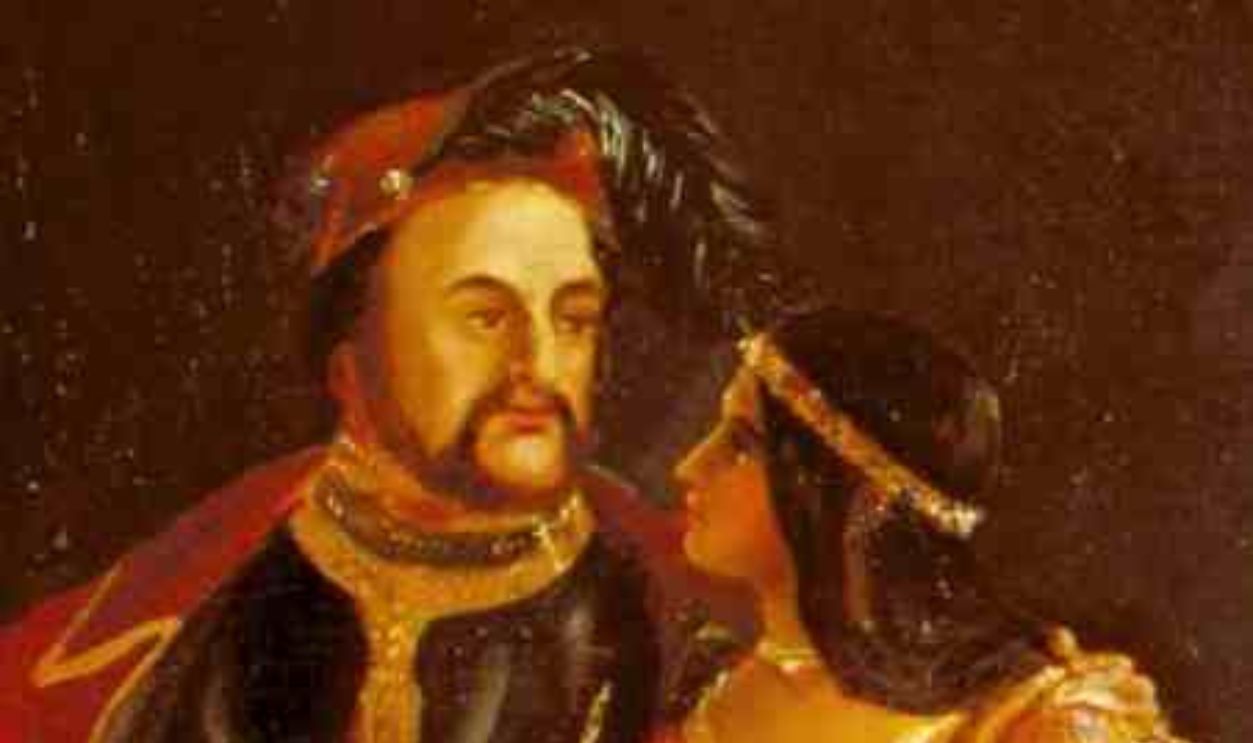 J. W. Glass, Wikimedia Commons
J. W. Glass, Wikimedia Commons
Scientific Sleuthing
A powerful collaboration emerged between Harvard's Reich Lab geneticists and Jamestown's own archaeological team. Together with Smithsonian experts, they launched a groundbreaking investigation that combined innovative DNA analysis with traditional archaeological methods to open centuries-old secrets.
Modern Meets Ancient
So, the scientific team employed a multi-faceted approach to investigate the remains, using three primary strategies. First, they extracted ancient DNA (aDNA) from the brittle bones recovered from the Jamestown graves. The aDNA analysis was important for providing genetic signatures for identification.
 The U.S. Food and Drug Administration, Wikimedia Commons
The U.S. Food and Drug Administration, Wikimedia Commons
Research Methodology
Next, chemical signatures, or isotopic analysis, were examined within the remains. They also conducted extensive research on historical documents, including genealogical records, court cases, and other primary sources. This was to confirm the genetic and archaeological findings.
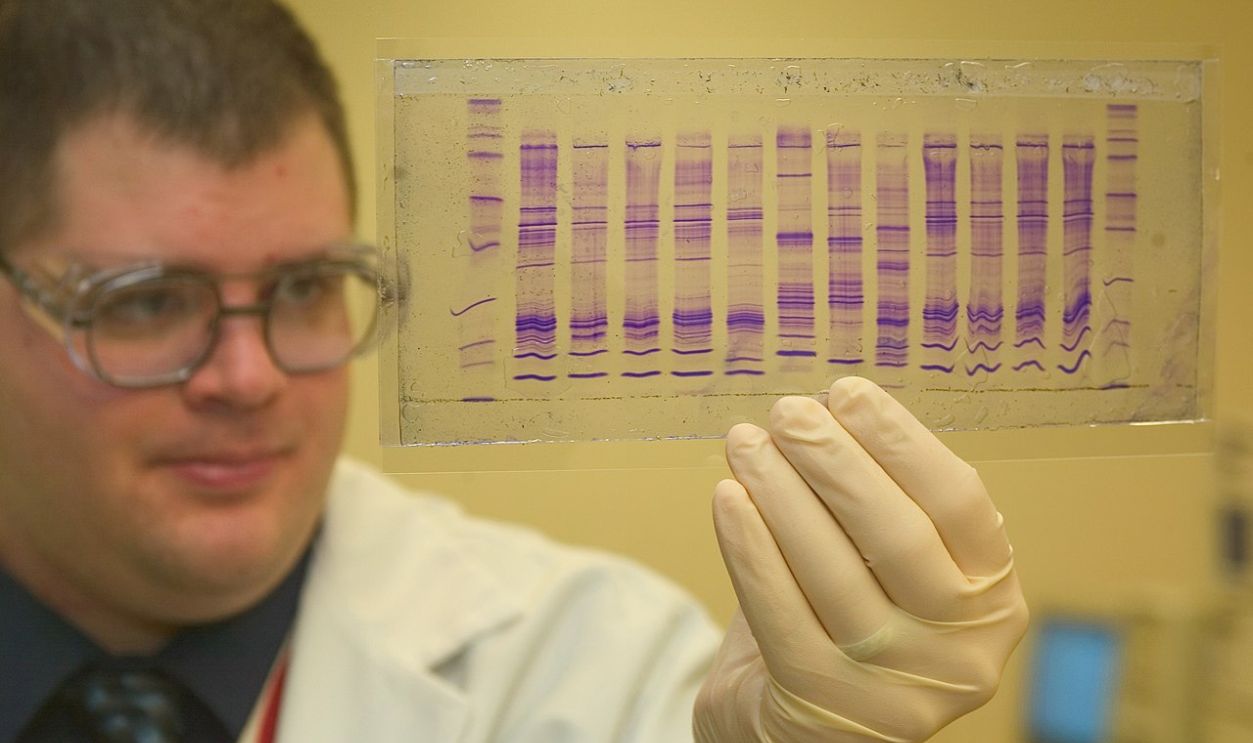 James Tourtellotte, photo editor of CBP Today[1], Wikimedia Commons
James Tourtellotte, photo editor of CBP Today[1], Wikimedia Commons
DNA Detective Work
Additionally, a rare DNA pattern, called mitochondrial haplogroup H10e, was detected in the remains. This revealed an unexpected family connection. Mitochondrial DNA is inherited along the maternal lineage, indicating that individuals with the same mitochondrial haplogroup are related through their maternal ancestors.
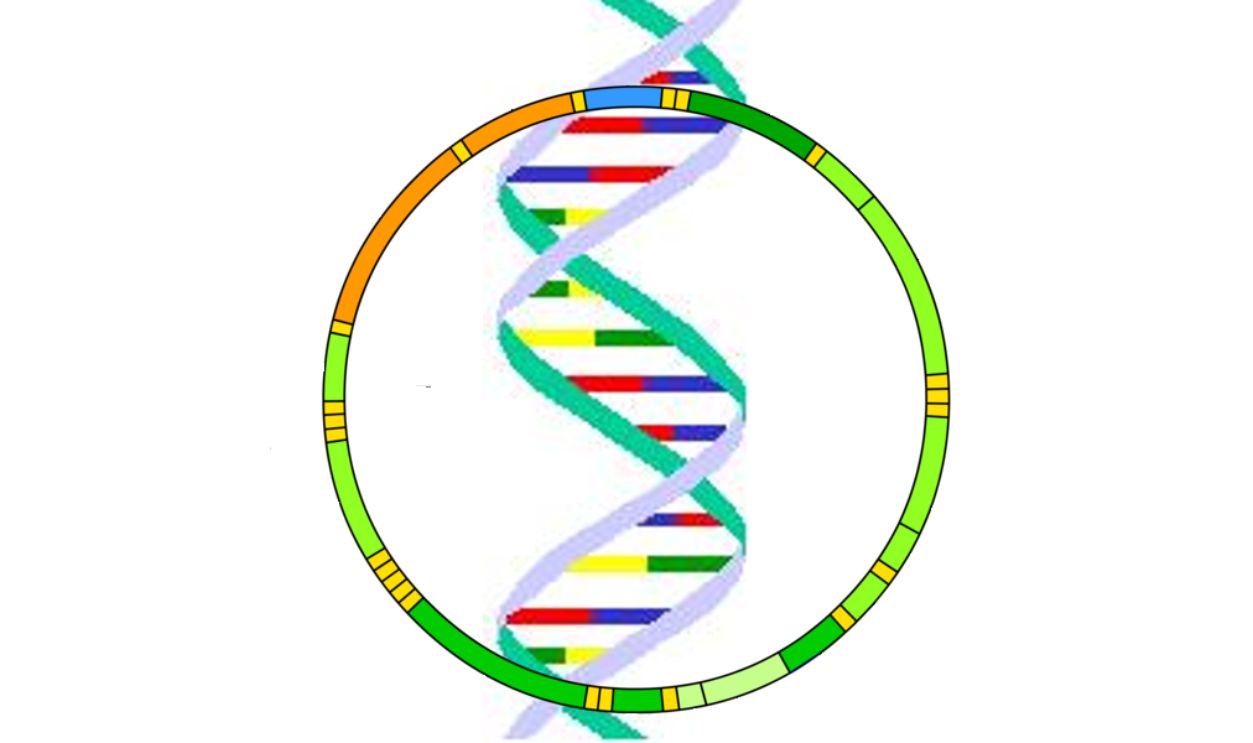 Archaeogenetics, CC BY-SA 3.0, Wikimedia Commons
Archaeogenetics, CC BY-SA 3.0, Wikimedia Commons
Two Colonial Lives
So, the ancient DNA analysis of skeletons found in the chancel area of the 1608 church in Jamestown identified the remains of Sir Ferdinando Wenman (AD 1576–1610) and Captain William West (about AD 1586–1610). Both men were members of the West family.
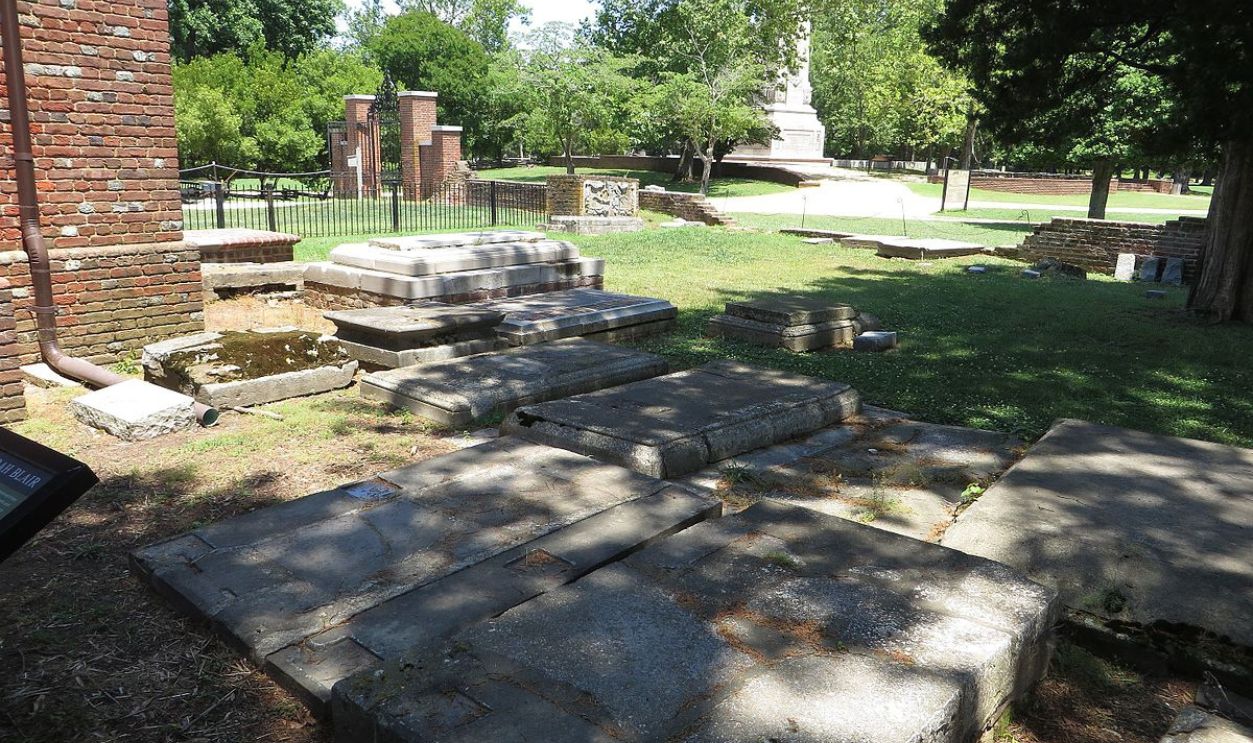 Ken Lund from Reno, Nevada, USA, CC BY-SA 2.0, Wikimedia Commons
Ken Lund from Reno, Nevada, USA, CC BY-SA 2.0, Wikimedia Commons

History's most fascinating stories and darkest secrets, delivered to your inbox daily.
Noble Connections
This family included Jamestown colony's first governor, Thomas West, Third Baron De La Warr. Wenman, the first English knight to die in America, was a first cousin of Thomas West. He was related by blood and marriage to prominent families in England during the Elizabethan period.
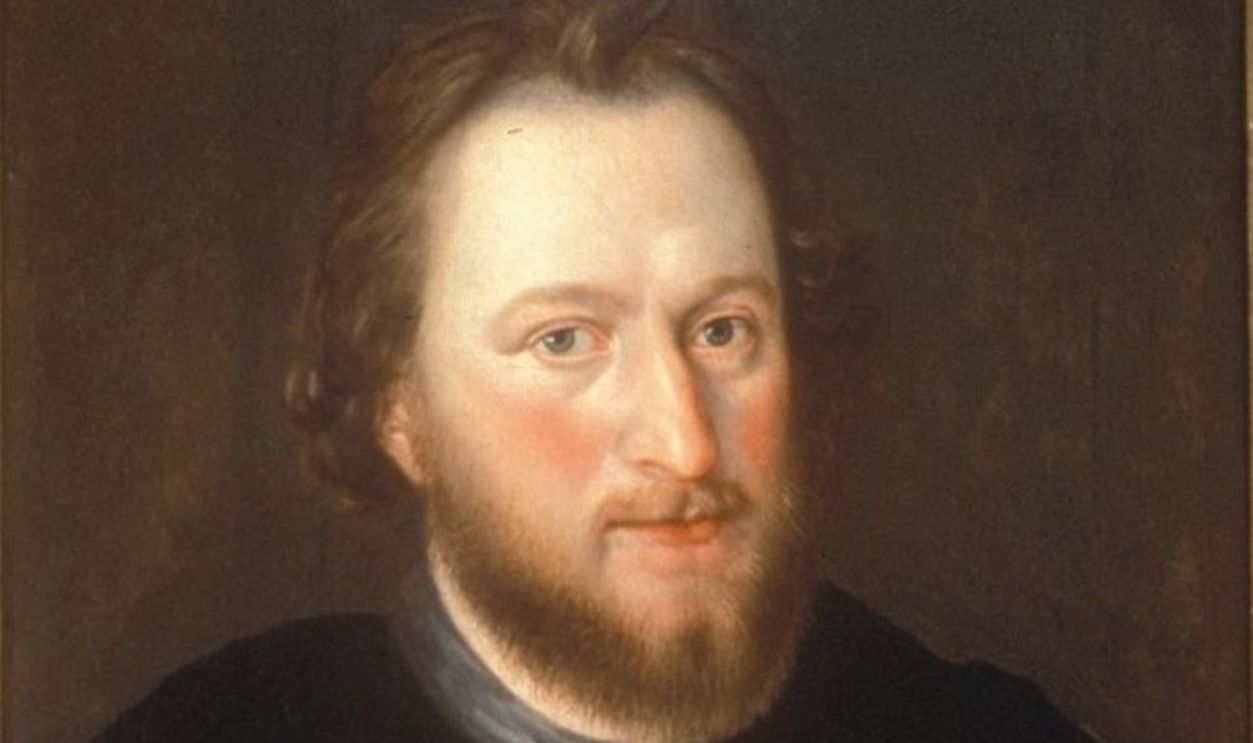 Unidentified painter, Wikimedia Commons
Unidentified painter, Wikimedia Commons
Third Baron De La Warr
Thomas West, who was born in 1577, was an English nobleman who served as the first governor of Virginia from 1610 to 1611. The Baron was also a member of the House of Lords. The state of Delaware and Delaware Bay and River were named in his honor.
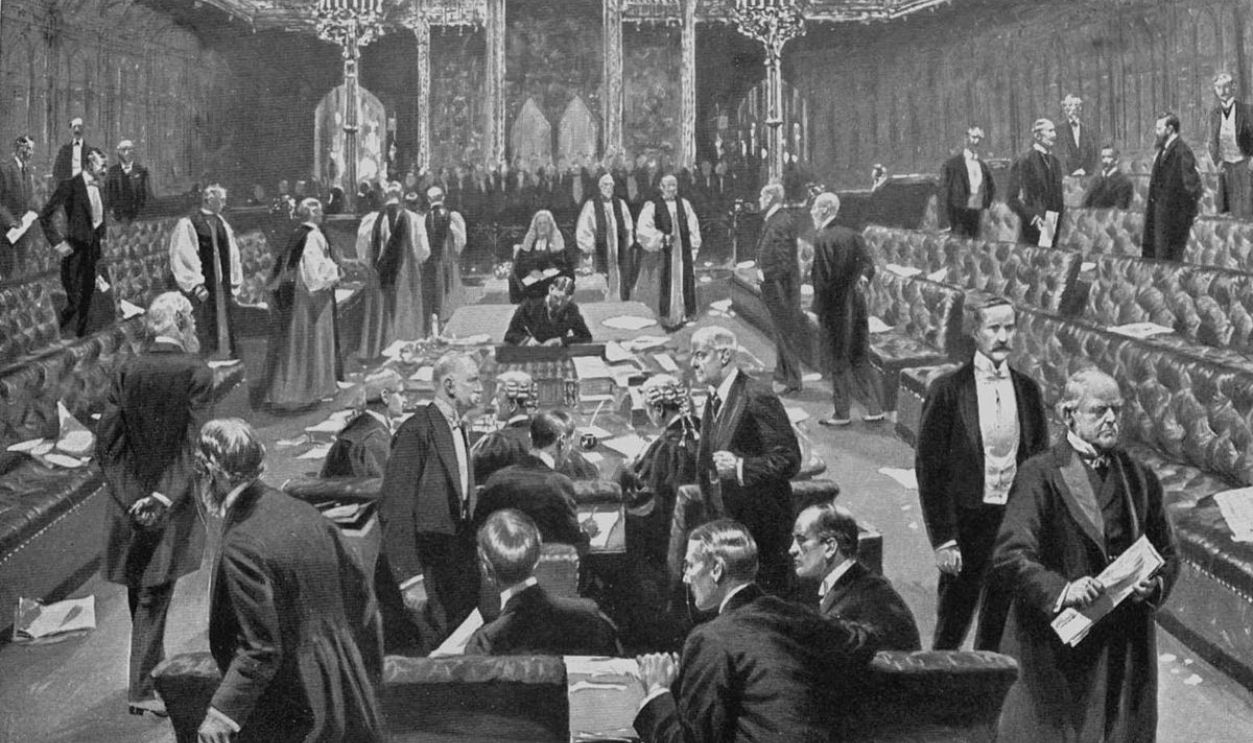 Samuel Begg (1854–1936), Wikimedia Commons
Samuel Begg (1854–1936), Wikimedia Commons
Young Captain's Origins
Captain William West's lineage, in contrast, was obscure. Wenman and West had arrived in Virginia sometime in June 1610. During that time, Wenman, an experienced military officer and investor in the Virginia Company, was 34, while West was in his early 20s.
Colonial Purpose
Wenman's purpose was to serve as a high-ranking officer appointed as master of ordnance (artillery) and general of the colony’s horse. Besides, West was a kinsman of the colony's governor. Ultimately, William's voyage to Jamestown offered an escape from English society's rigid social rules.
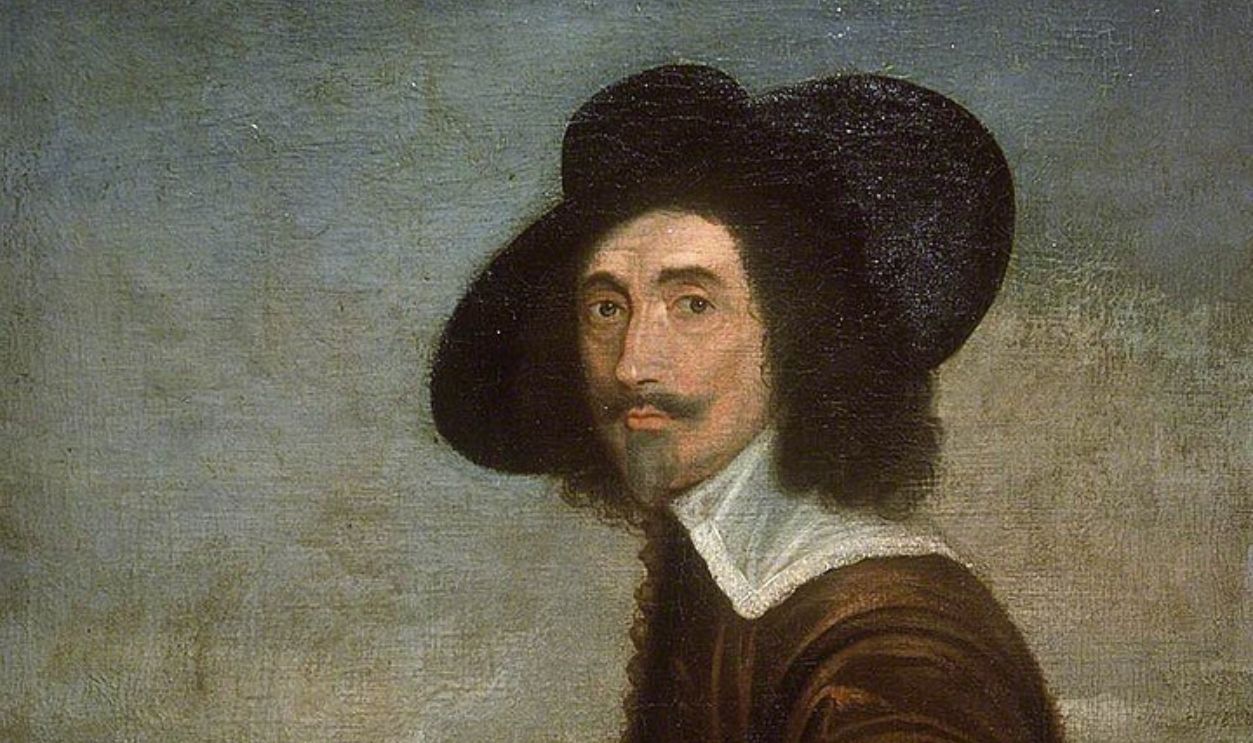 National Library of Wales, Wikimedia Commons
National Library of Wales, Wikimedia Commons
Fatal Timing
Wenman died by July or August 1610, and Captain West passed away in a conflict with Native Americans around the same time. Thomas West, who was also the governor of the Jamestown colony, most likely directed their interments in the church chancel.
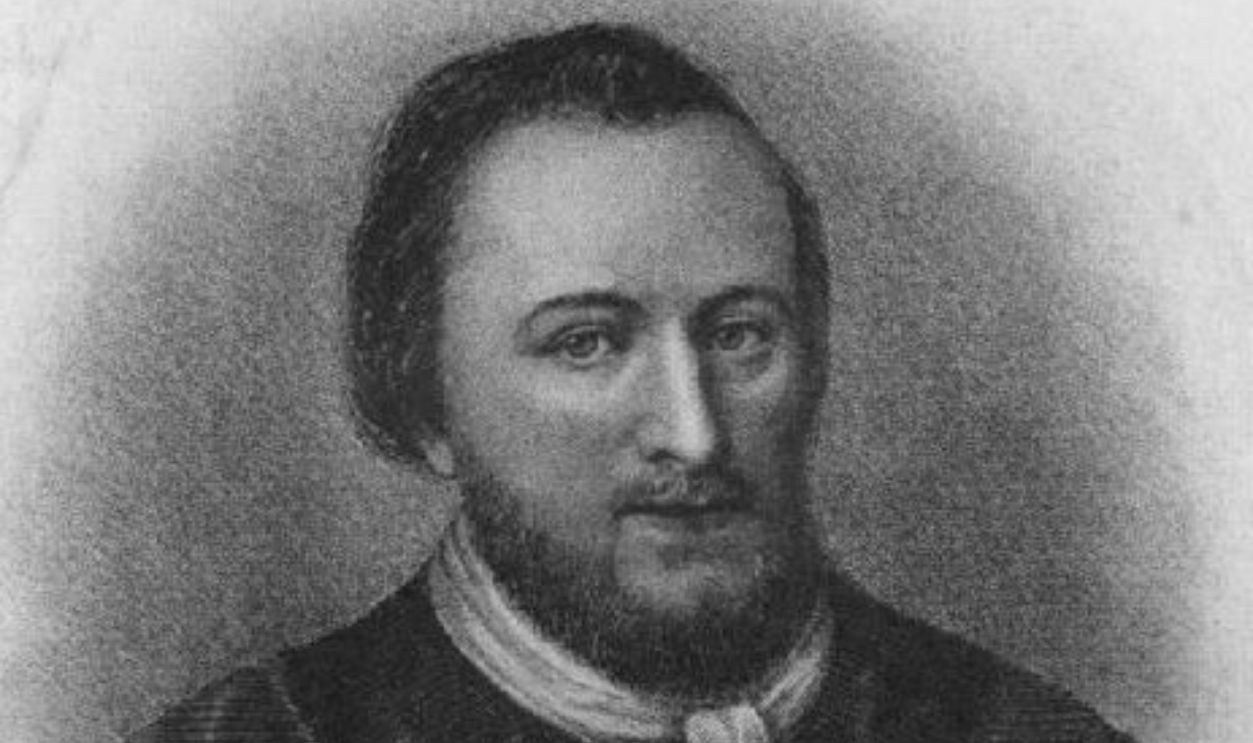 Contemporary portrait, Wikimedia Commons
Contemporary portrait, Wikimedia Commons
Signs In The Bones
Chemical analysis painted a picture of privileged lives, and here’s how. High lead levels in their bones were found from dining with pewter plates and fancy glazed pottery. Their burial spots near the church altar further confirmed their elevated social standing in colonial society.
Dark Winter's Tale
These deaths occurred during Jamestown's darkest hour, which was the recognized “Starving Time” of 1609–1610. As winter gripped the colony, food ran scarce. The settlement's population crashed from around 500 to just about 60 survivors, making their elaborate burials even more significant.
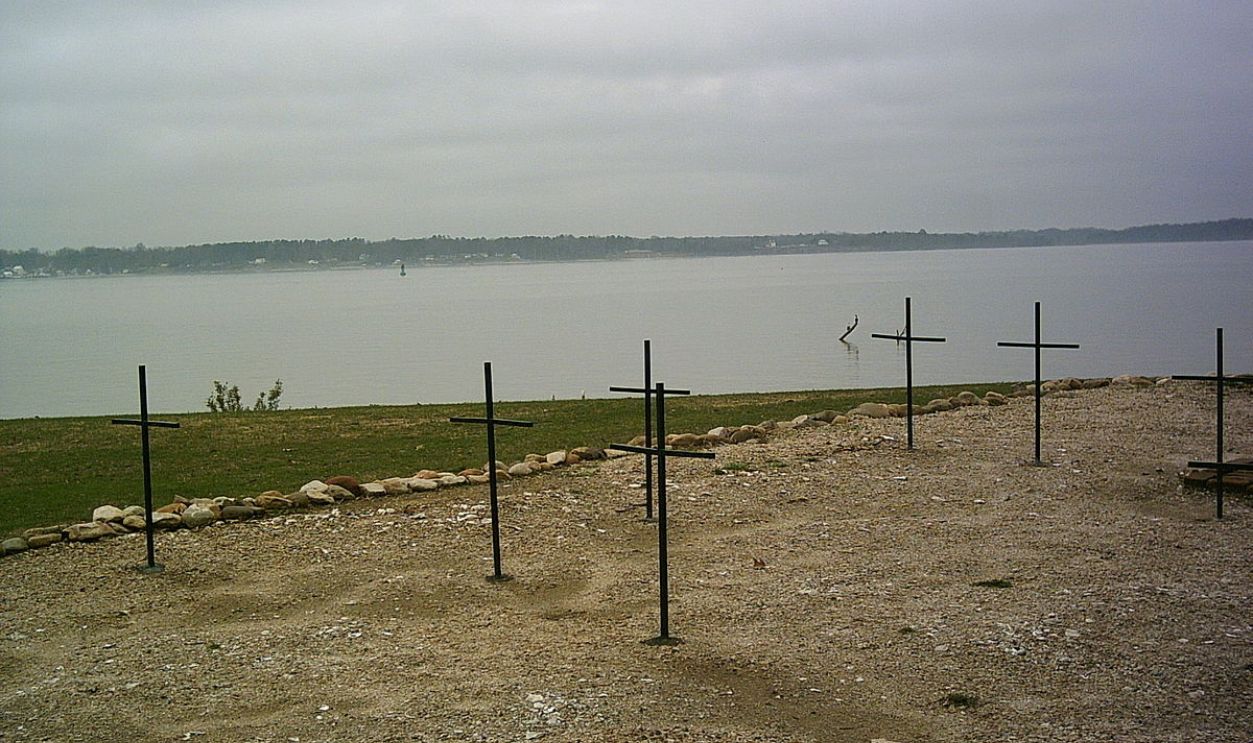 Ser Amantio di Nicolao, CC BY-SA 3.0, Wikimedia Commons
Ser Amantio di Nicolao, CC BY-SA 3.0, Wikimedia Commons
“Starving Time”
The “Starving Time” is about the winter of 1609–1610 in the Jamestown Colony. During this period, the colony struggled to maintain a food supply from its beginning due to a severe seven-year drought that strained food supplies for both the colonists and the Virginia Indian tribes.
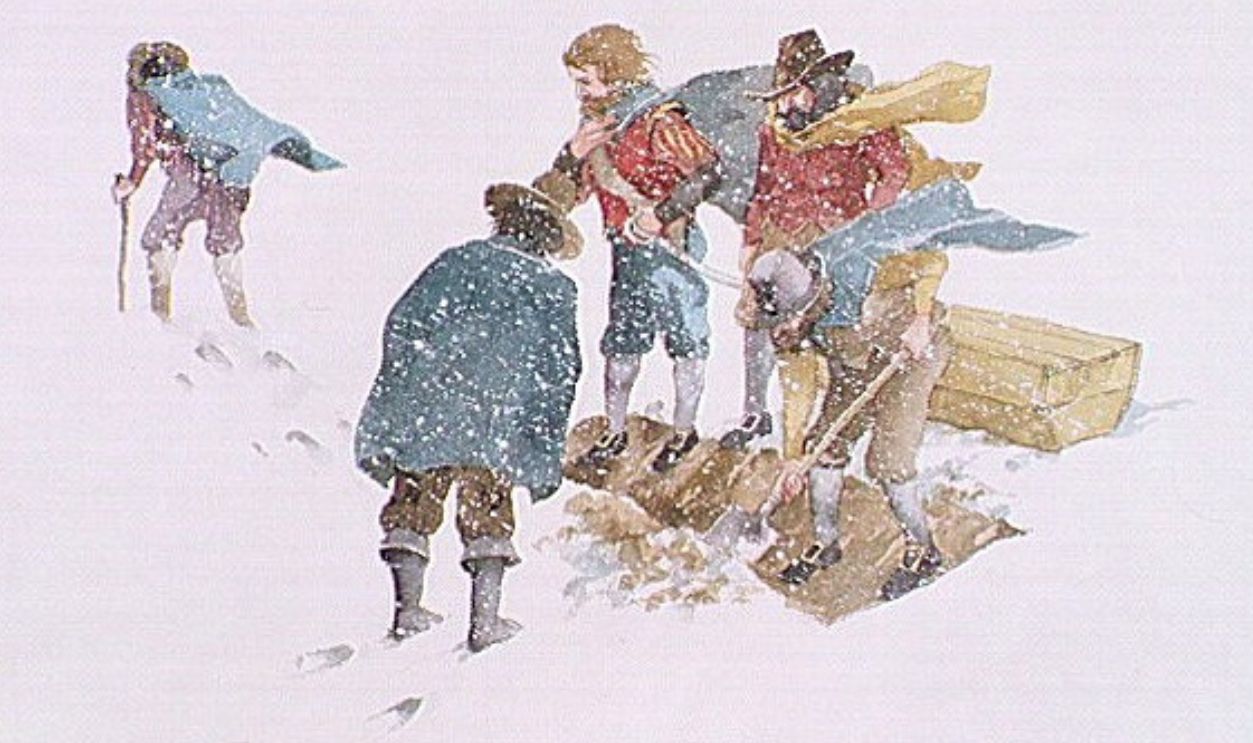 John Heinly, Wikimedia Commons
John Heinly, Wikimedia Commons
Trade Tensions
Trade relations with the Virginia Indian tribes were also strained, partly because Captain John Smith's tactics angered tribal communities. After Smith was harmed in a gunpowder explosion and returned to England, Chief Powhatan, seeing the colony's vulnerability, halted all trade with the settlers.
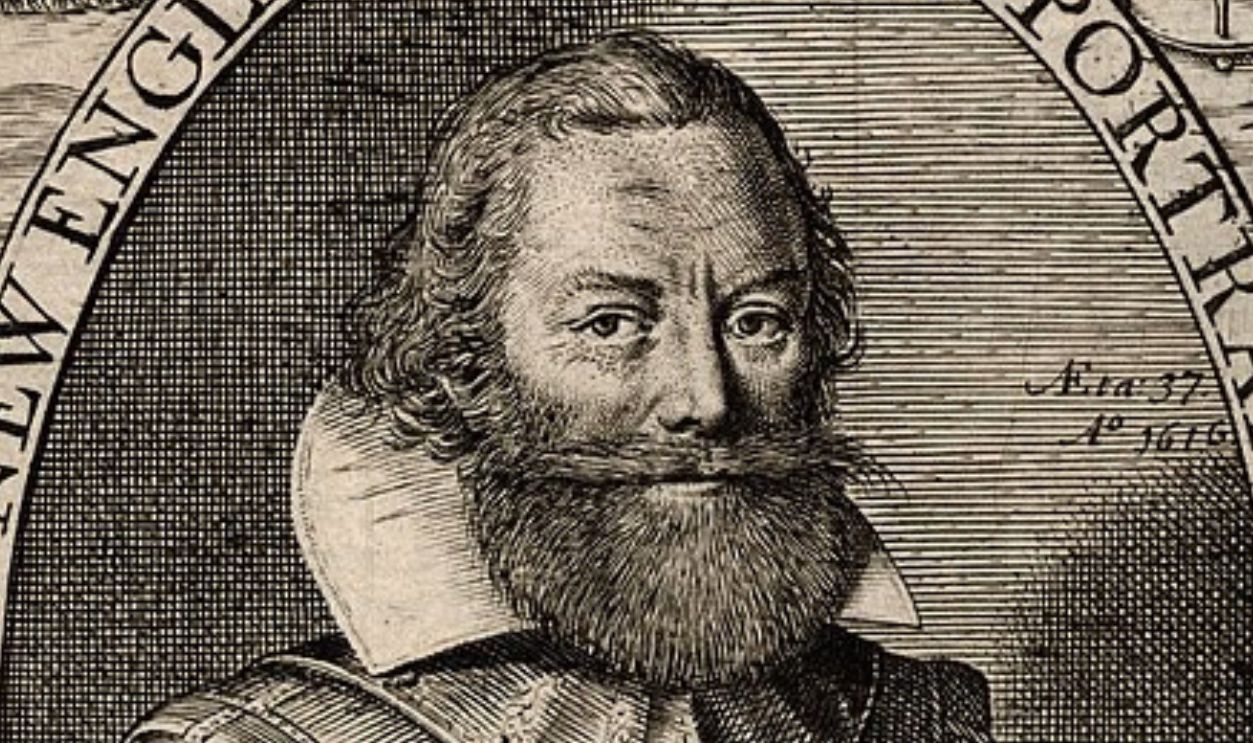 Houghton Library, Wikimedia Commons
Houghton Library, Wikimedia Commons
Supply Ship Issues
Then, a fleet of nine ships sent by the Virginia Company in July 1609 was meant to provide new colonists with enough supplies for the winter, but a hurricane scattered and damaged the fleet. The largest ship, the Sea Venture, also got shipwrecked in Bermuda, causing trouble.
 User:Stan Shebs, Wikimedia Commons
User:Stan Shebs, Wikimedia Commons
Abandonment And Return
It is said that on June 7, 1610, the survivors decided to abandon the colony and sail towards the Chesapeake Bay. However, they were intercepted by a supply convoy and the new governor of the colony, Lord De la Warr, who insisted they return to Jamestown and rebuild.
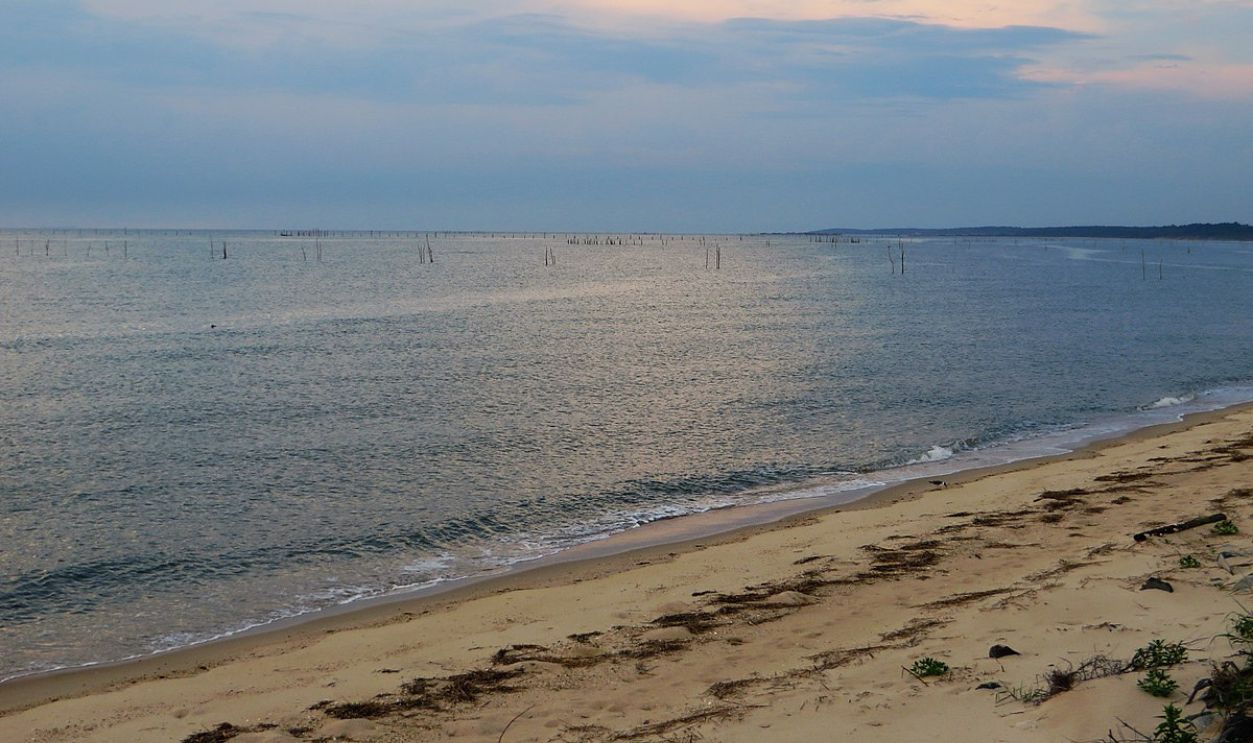 Ken Lund from Reno, Nevada, USA, CC BY-SA 2.0, Wikimedia Commons
Ken Lund from Reno, Nevada, USA, CC BY-SA 2.0, Wikimedia Commons
Court Records Speak
Interestingly, a forgotten court case came up from the dusty archives, describing a dispute over William West's jewels, which belonged to William. His aunt Mary, who raised him, fought to reclaim precious gems given by her unwed sister, Elizabeth. These legal documents held the key to a long-buried secret.
Family Drama Unearthed
The court case revealed that Mary raised William for her deceased unmarried sister, Elizabeth West. Both women were daughters of the First Baron De La Warr. The jewelry, however, had been claimed by their father’s second wife. Researchers suggest that Captain William West was Elizabeth's illegitimate son.
Hidden Truth Revealed
The absence of formal documentation recognizing Captain West as Elizabeth's son, along with "coded language" in the court records, supports this idea. She remained part of her father's household until her demise, after which her sister, Mary Blount, cared for William.
Genetic Origins
The scientists involved conducted a principal component analysis comparing the Jamestown remains with the Human Origins dataset. The study included 1,320 present-day individuals from 66 populations across Europe and the Near East, confirming the men's Western European ancestry.
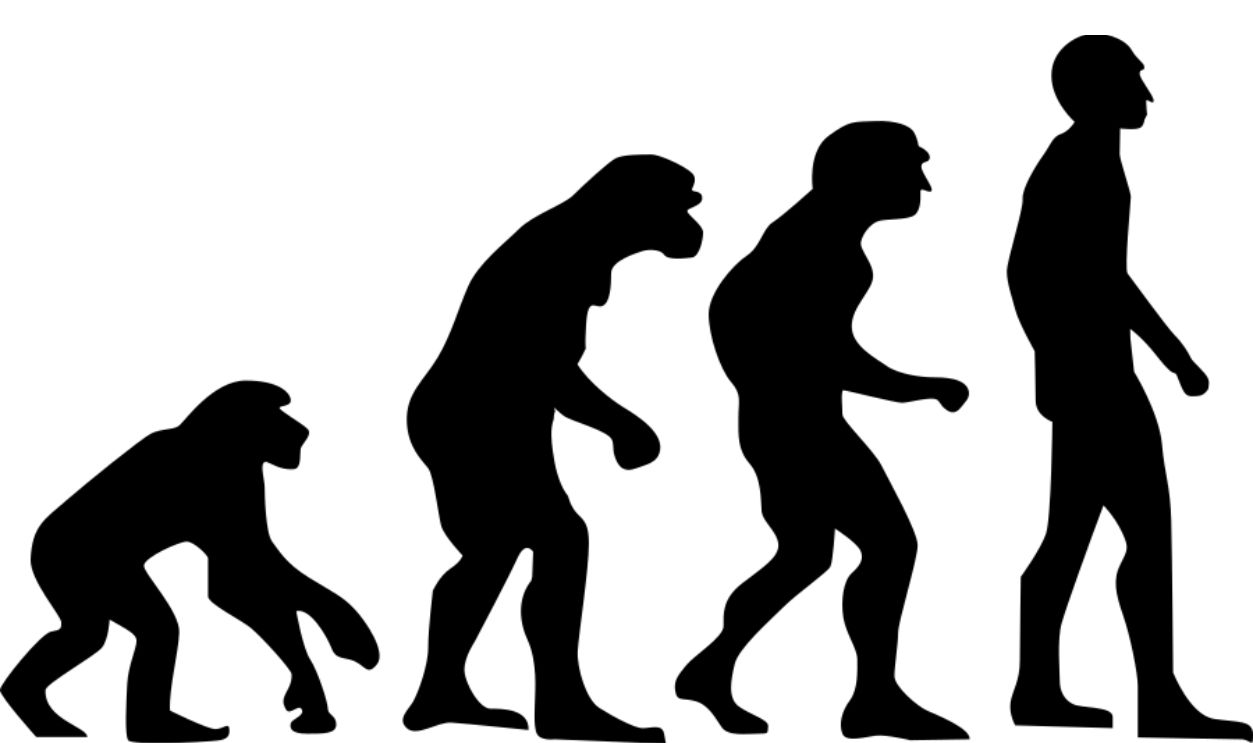 Tkgd2007, CC BY-SA 3.0, Wikimedia Commons
Tkgd2007, CC BY-SA 3.0, Wikimedia Commons
Historic Achievement
Karin Bruwelheide from the Smithsonian Institution confirms that the Jamestown study marks the first successful use of aDNA as an identification tool at the colonial site. She also stated that this study is the first to demonstrate that aDNA can be used to establish historical cases of illegitimacy in high status.
 Nate Lee, CC BY-SA 4.0, Wikimedia Commons
Nate Lee, CC BY-SA 4.0, Wikimedia Commons


